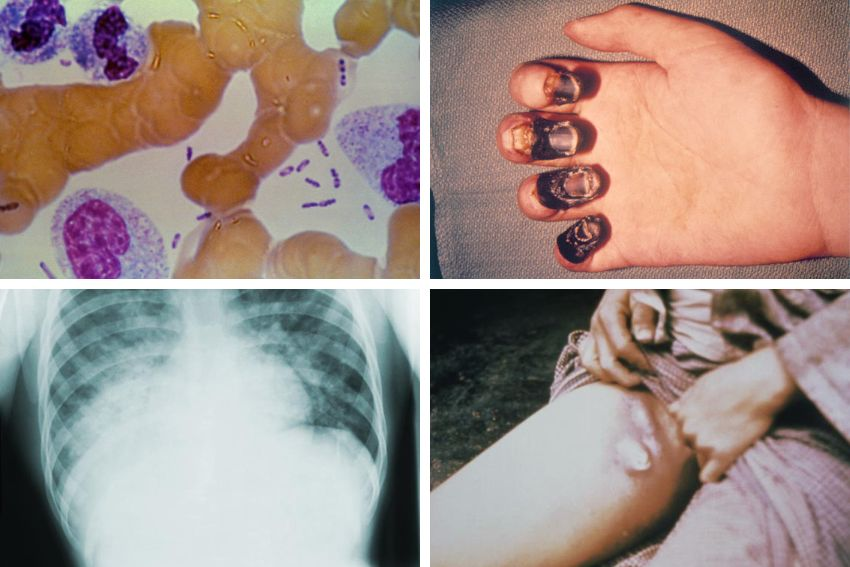Free Courses Sale ends Soon, Get It Now


Free Courses Sale ends Soon, Get It Now



Copyright infringement not intended
Picture Courtesy: https://netec.org/2022/08/08/plague-symptoms-treatment-and-infection-prevention/
Context: In February 2024, the USA confirmed a rare case of bubonic plague, believed to be transmitted by a pet cat.
What is the bubonic plague?
|
The bubonic plague, also known as the Black Death, was one of the deadliest pandemics in human history. It killed an estimated 25 to 50 million people in Europe in the 14th century, wiping out about half of the population. |
What are the symptoms of the bubonic plague?
How common is the bubonic plague in 2024?
How is the bubonic plague diagnosed and treated?
How can the bubonic plague be prevented?
Conclusion
|
PRACTICE QUESTION Q. Which of the following factors pose the greatest potential threat for future outbreaks of bubonic plague? A) The emergence of a new, antibiotic-resistant strain of Yersinia pestis. B) The increasing availability of flea and tick prevention medication for pets. C) The improved sanitation standards in most developed countries. D) The widespread use of personal protective equipment (PPE) by the public. Answer: A Explanation: The greatest potential threat for future outbreaks of bubonic plague would likely be the emergence of a new, antibiotic-resistant strain of Yersinia pestis, the bacterium responsible for causing the plague. Currently, antibiotics are effective in treating and controlling the disease, but the development of antibiotic resistance could significantly compromise our ability to manage and treat bubonic plague. Bubonic plague is primarily transmitted through the bite of infected fleas, which often infest rodents. While factors like the increasing availability of flea and tick prevention medication for pets (Option B) could contribute to reducing the risk of transmission, the emergence of antibiotic resistance in Yersinia pestis would directly impact our ability to treat and control the disease. Options C and D, which involve improved sanitation standards in developed countries and the widespread use of personal protective equipment (PPE), respectively, are not direct factors influencing the bacterium's resistance to antibiotics or the transmission dynamics of the disease. While they play crucial roles in preventing the spread of infectious diseases, they may not be as directly linked to the potential threat of antibiotic-resistant strains as Option A. |
© 2024 iasgyan. All right reserved